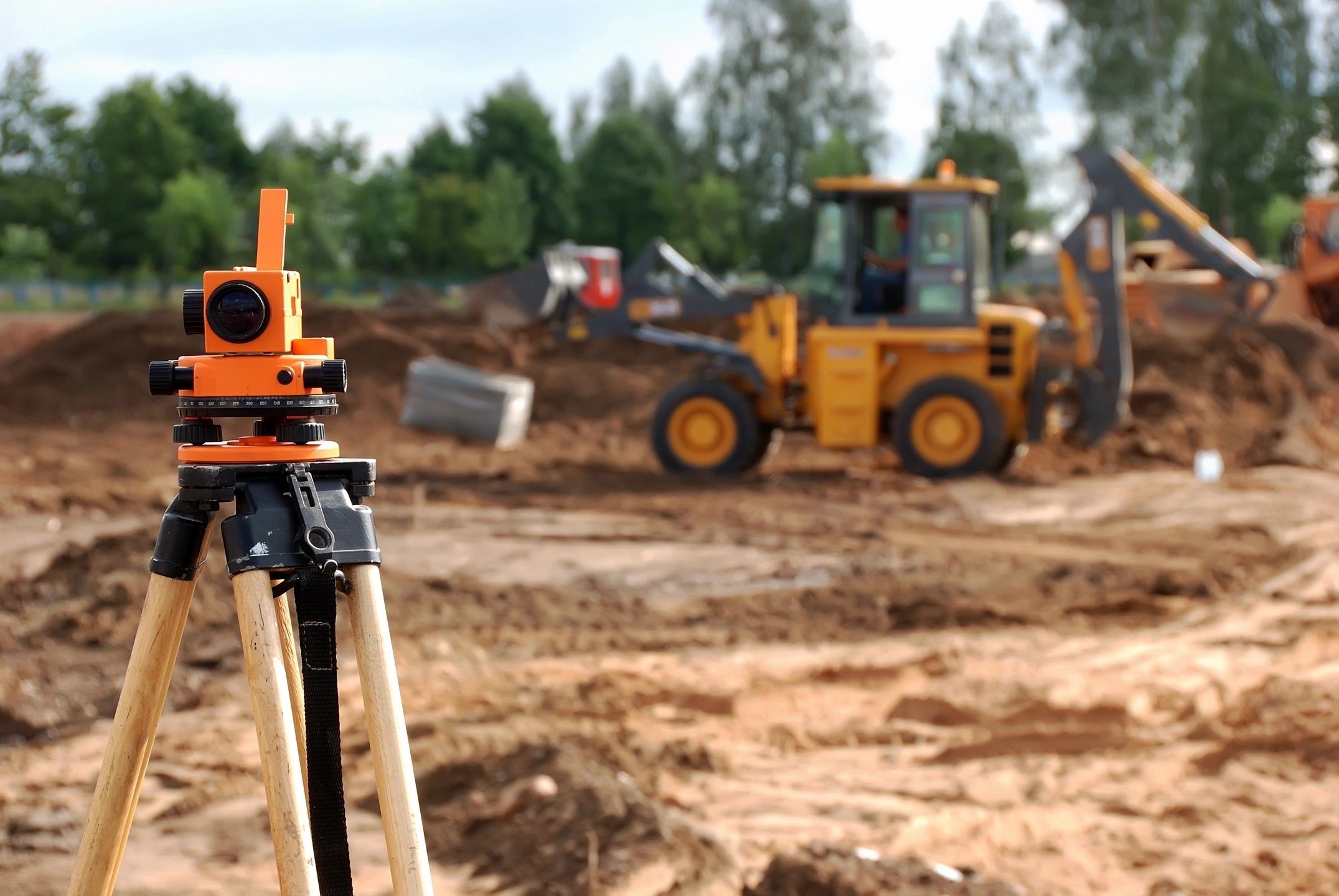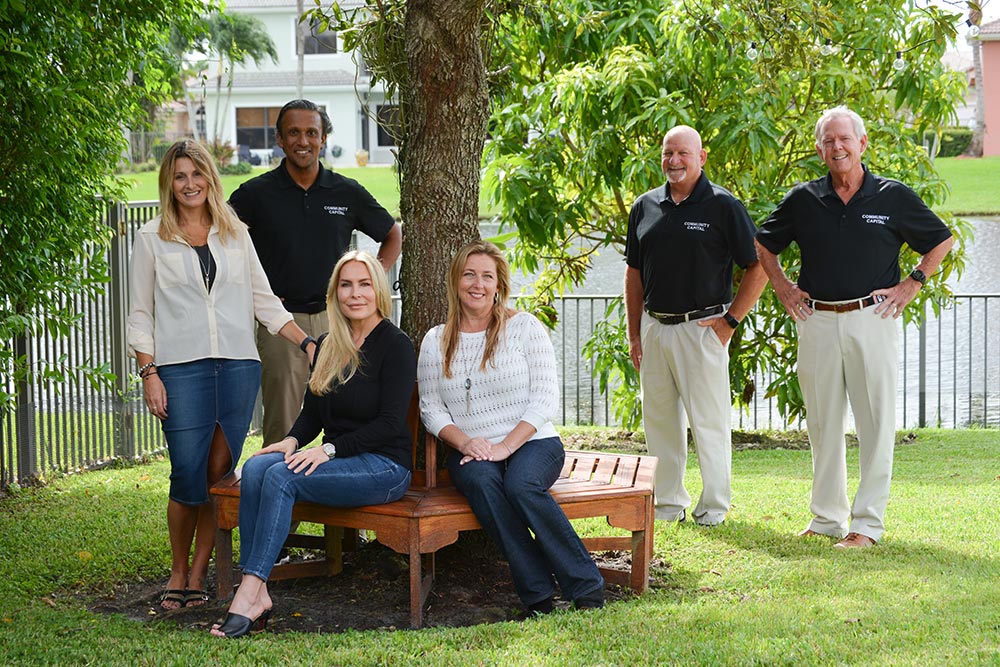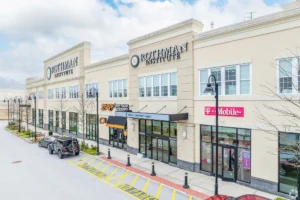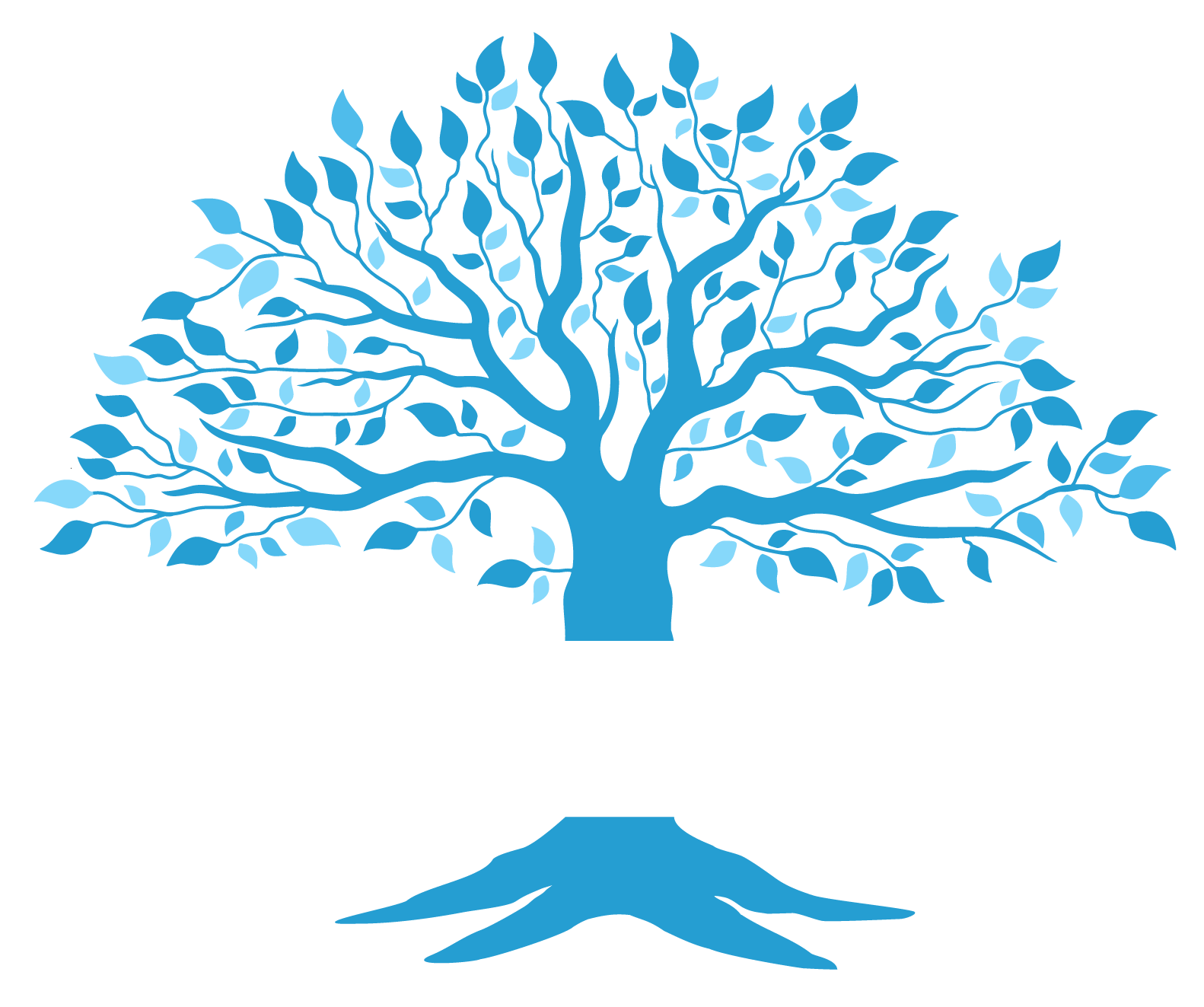Understanding the Draw Process, Inspections, and What Comes Next
Securing a construction loan is a major milestone, but it’s just the beginning of your project journey. Once the loan is approved, the real work begins: breaking ground, hitting key milestones, and managing the financing that powers your progress. At Community Capital, we don’t just fund your vision, we help guide you through every phase of the process.
Here’s what you can expect after your construction loan is approved.
1. Loan Closing and Initial Draw
Once your loan is finalized, you’ll attend a closing, just like with any real estate loan. After closing, the initial draw is typically released to cover early-stage costs like permits, site prep, and materials. You won’t receive the entire loan amount upfront; instead, funds are disbursed in stages based on project progress.
Tip: Be prepared with invoices, receipts, and an approved draw schedule to keep everything moving smoothly.
2. Draw Schedule and Inspections
Construction loans are sometimes structured with draw schedules, which outline when and how funds are released throughout the build. Common draw stages include:
-
Foundation completion
-
Framing
-
Roof installation
-
MEP (mechanical, electrical, plumbing)
-
Interior finishes
-
Final inspection
Before each draw is approved, a third-party inspector or lender representative will verify that the work has been completed. This protects both you and the lender by ensuring quality and accountability at every stage.
3. Interest-Only Payments During Construction
While your project is underway, you’ll typically make interest-only payments based on the amount that has been drawn so far. This helps preserve cash flow during construction and prevents you from paying full interest on undisbursed funds.
Example: If only $150,000 of a $500,000 loan has been drawn, your interest payments are calculated based on the $150,000.
4. Handling Delays or Change Orders
Construction rarely goes exactly as planned. Weather, permitting, or scope changes can cause delays or budget adjustments. Communicate early with your lender if anything shifts. At Community Capital, we work with clients to adjust draw schedules or provide additional support when necessary, because real-world projects need real-world flexibility.
5. Final Draw and Project Completion
Once your build is complete and passes the final inspection, the last draw is released. This typically covers final payments to contractors or vendors and wraps up your interest-only phase.
6. What Comes Next: Transitioning the Loan
At the end of your construction loan term, you’ll either:
-
Pay off the loan (often with a refinance or long-term mortgage), or
-
Convert it into permanent financing, if your loan was structured as a construction-to-permanent loan
Hard Money as a Construction Loan Alternative
For some developers, especially those working on smaller projects or tight timelines, a hard money loan may be a better fit than a traditional construction loan. Hard money loans are fast, asset-based, and ideal for projects that need flexibility and speed.
Key advantages of hard money over traditional construction loans:
-
Faster closings: funding in days, not weeks
-
Fewer documentation requirements
-
Flexible property types, including rehabs, spec builds, or mixed-use properties
-
Interest-only payments, with shorter terms that suit rapid development
If your project doesn’t require a full draw schedule or you’re confident in your timeline, a hard money loan can simplify the process and help you move faster.
Not sure which loan fits your project? Our experts at Community Capital will walk you through both options to find the right structure for your build.

